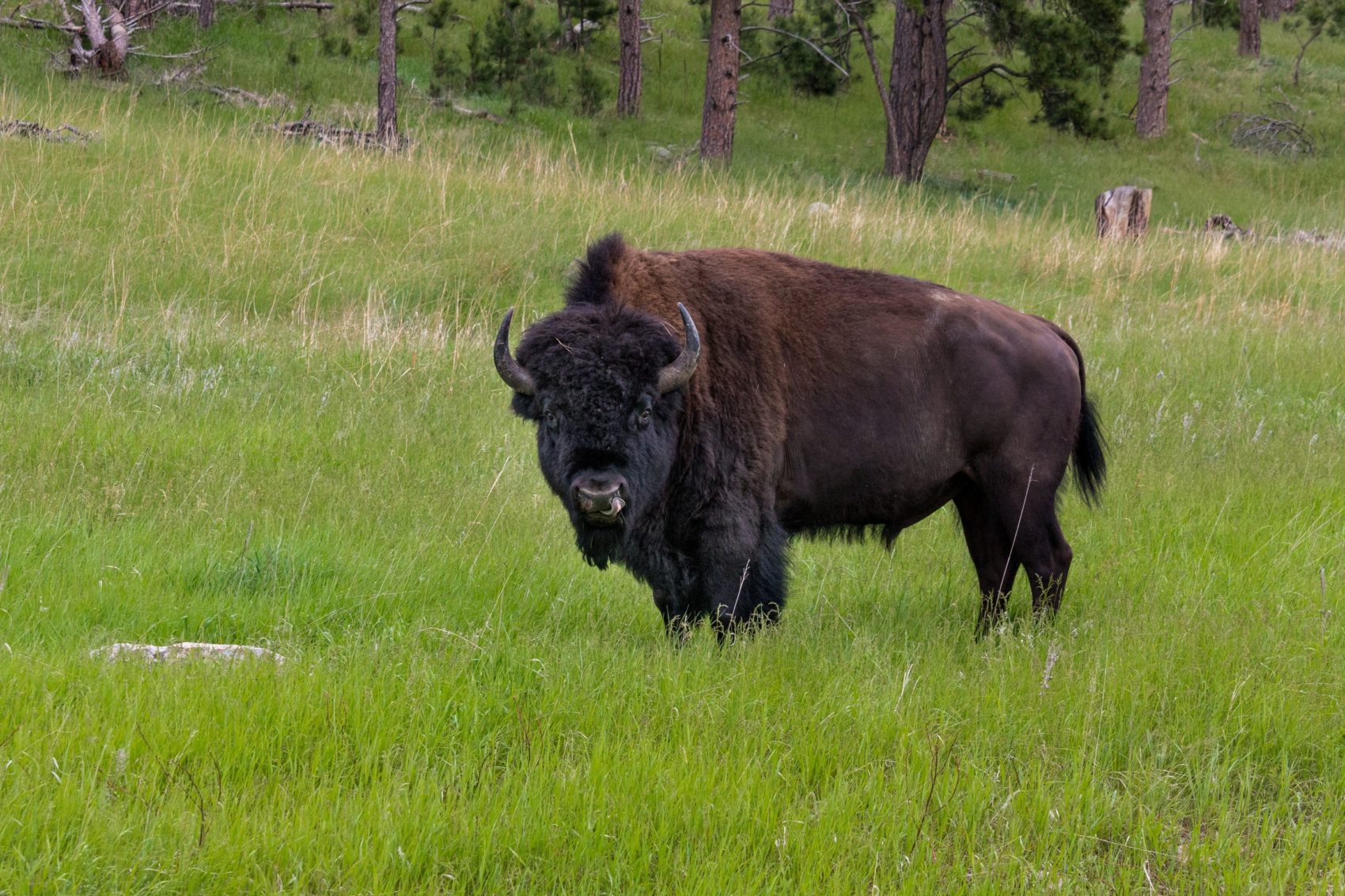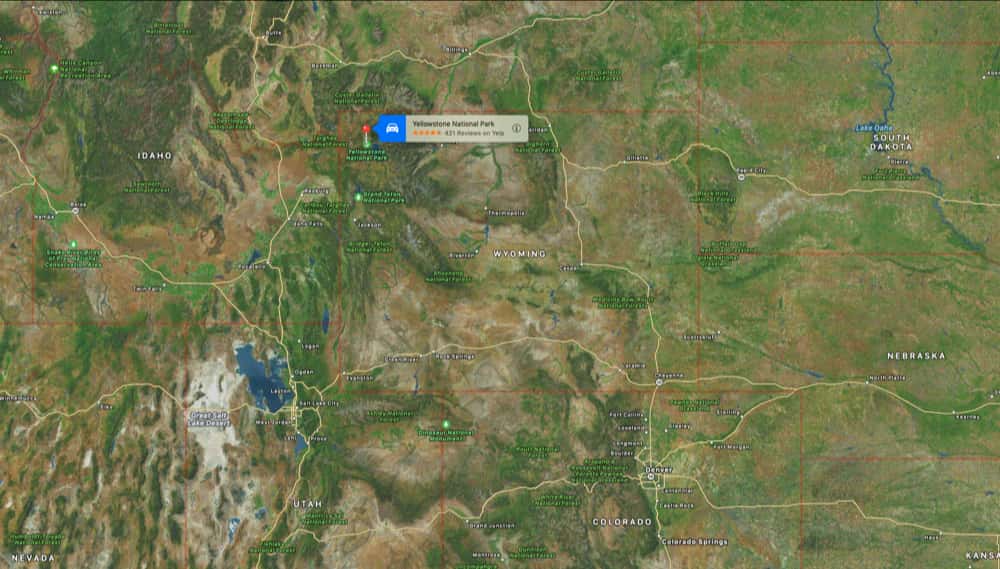
A 72-year-old woman from California was gored multiple times by a bison in Yellowstone National Park after she repeatedly got within 10-feet of the animal to take its photo, according to an NPS press release.
The incident occurred on the evening of June 25, 2020, at the female’s campsite at Bridge Bay Campground.
Rangers provided immediate medical care to the woman who sustained multiple goring wounds. She was then flown via helicopter to Eastern Idaho Regional Medical Center.
“The series of events that led to the goring suggest the bison was threatened by being repeatedly approached to within 10 feet. Bison are wild animals that respond to threats by displaying aggressive behaviors like pawing the ground, snorting, bobbing their head, bellowing, and raising their tail. If that doesn’t make the threat (in this instance it was a person) move away, a threatened bison may charge. To be safe around bison, stay at least 25 yards away, move away if they approach, and run away or find cover if they charge.”
– Chris Geremia, Yellowstone’s Senior Bison Biologist
Another woman was also gored at the park in late May just days after the park reopened to visitors following its closure for coronavirus.
The press release also reminds us that wildlife in Yellowstone National Park is wild. When an animal is near a trail, boardwalk, parking lot, or in a developed area, give it space. Stay 25 yards (23 m) away from all large animals – bison, elk, bighorn sheep, deer, moose, and coyotes and at least 100 yards (91 m) away from bears and wolves. If need be, turn around and go the other way to avoid interacting with a wild animal in close proximity.

Protect Your Park, Protect Yourself
Yellowstone’s scenic wonders are sure to take your breath away: don’t let them take your life. From boiling hot springs to thousands of wild animals, some of the hazards in Yellowstone will be new to you. Protect yourself and the sights you plan to enjoy by following a few simple rules:
- Never approach animals. The animals in Yellowstone are wild and unpredictable, no matter how calm they appear to be. The safest (and often best) view of wildlife is from inside a car. Always stay at least 100 yards (91 m) away from bears and wolves, and at least 25 yards (23 m) away from all other animals, including bison and elk.
- Stay on boardwalks and trails in thermal areas. Hot springs have injured or killed more people in Yellowstone than any other natural feature. Keep your children close and don’t let them run.
- Never feed wildlife. Animals that become dependent on human food may become aggressive toward people and have to be killed. Keep all food, garbage, or other smelly items packed away when not in use.
- Never park on the road or block traffic. Use pullouts to watch wildlife and let other cars pass. Stay with your vehicle if you encounter a wildlife jam.
We can’t guarantee your safety in Yellowstone, but these concepts will help you avoid the most common accidents. See below for more great advice, and be sure to review our Rules & Regulations, Laws & Policies, and tips for backcountry travel.

Yellowstone National Park is an American national park located in the western United States, with parts in Wyoming, Montana, and Idaho. It was established by the U.S. Congress and signed into law by President Ulysses S. Grant on March 1, 1872. Yellowstone was the first national park in the U.S. and is also widely held to be the first national park in the world. The park is known for its wildlife and its many geothermal features, especially Old Faithful geyser, one of its most popular. While it represents many types of biomes, the subalpine forest is the most abundant. It is part of the South Central Rockies forests ecoregion.